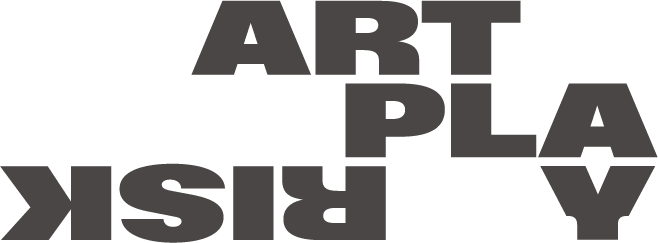COLLABORATIVE ART and CO-DESIGN WORKSHOPS
ART/PLAY/RISK uses ‘play’ as a research method, an educational tool, and a means of creating community connection. Below are examples of recent workshops and community engagement.
2024 Art-Skate-Dots
The Art/Skate/Dots research project represents a groundbreaking approach to urban design that challenges traditional notions of public space use and accessibility.
2023 Ludic Folly
In their workshop on playable public sculpture, Dr. Sanné Mestrom and Nadia Odlum underscore the importance of understanding and designing for play affordances to encourage diverse and inclusive engagement. The workshop draws on ‘Ludic Folly’, a playable sculpture case-study consisting of a very large artwork, created by Mestrom, consisting of a 5m fibreglass female reclining semi-abstract figure that can be climbed on, and multiple foam ‘loose parts’ that can be played with and rearranged.
2022 The Gift
The Gift is a new public artwork by Sanné Mestrom that will incorporate contributions from the community, via a series of drawing workshops.
2021 Ludic Folly - Pilot Project
Ludic Folly is a child-led pilot study in public art, where children “build” their own sculptural play environments. Through a child-led approach, the Ludic Folly pilot project seeks to address a larger research concern: What permanent infrastructure can we integrate into the built environment to make our cities more child-friendly?


